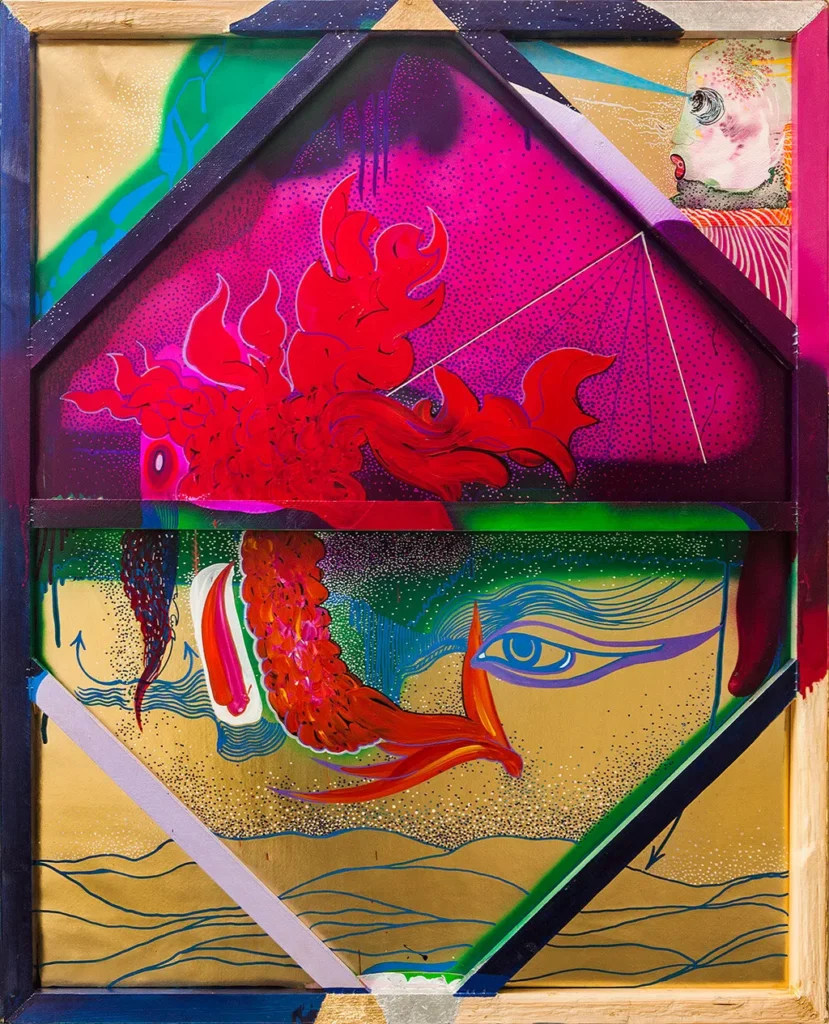In a groundbreaking study published in *Modern Approaches in Management and Marketing*, Samad Ghorbannezhad, a PhD student in Cultural Management at the Science and Research Branch of Islamic Azad University in Tehran, Iran, has unveiled a comprehensive model for the development of the culture and arts economy, with a particular focus on performing arts. This research, which combines qualitative data and expert insights, offers a roadmap for transforming the cultural sector into a dynamic economic powerhouse.
Ghorbannezhad’s study highlights the intricate interplay between cultural, economic, and institutional factors that drive the growth of the performing arts sector. “Public culture is a cornerstone in this model,” Ghorbannezhad explains. “When communities are culturally literate and engaged, they become more motivated to participate in theatrical performances, which in turn boosts the overall economy.”
The research identifies several key factors that influence the development of the culture and arts economy. These include the impact of new technologies on theatrical productions, the role of private investment, and the importance of physical and educational infrastructure. “Strengthening these areas can lead to the creation of specialized jobs and increased public access to the performing arts,” Ghorbannezhad notes.
One of the most compelling findings of the study is the potential for economic growth through the development of cultural tourism. By leveraging marketing strategies and fostering national and international interactions, the performing arts can attract tourists and generate significant revenue. “This is not just about creating art; it’s about building a sustainable economic ecosystem,” Ghorbannezhad emphasizes.
The study also underscores the importance of government support and cultural policies in nurturing the performing arts sector. “Without a comprehensive cultural policy-making system and adequate financing, the performing arts economy cannot flourish,” Ghorbannezhad warns. “We need to create an environment where artists can thrive and where private sector investment is encouraged.”
Ghorbannezhad’s research offers a blueprint for policymakers, investors, and cultural managers to harness the economic potential of the performing arts. By addressing the identified factors and implementing targeted strategies, the culture and arts economy can become a significant contributor to GDP growth, job creation, and social capital development.
As the world increasingly recognizes the value of cultural and creative industries, Ghorbannezhad’s findings provide a timely and valuable contribution to the field. This research not only highlights the economic benefits of investing in the performing arts but also underscores the need for a holistic approach that integrates cultural, economic, and institutional dimensions.
In an era where sustainable development is a global priority, Ghorbannezhad’s model offers a practical solution for dynamizing the arts economy. By identifying the key factors and relationships that drive growth, this research paves the way for a more vibrant and economically robust cultural sector. As Ghorbannezhad concludes, “The performing arts are not just a form of entertainment; they are a catalyst for economic and social transformation.”

